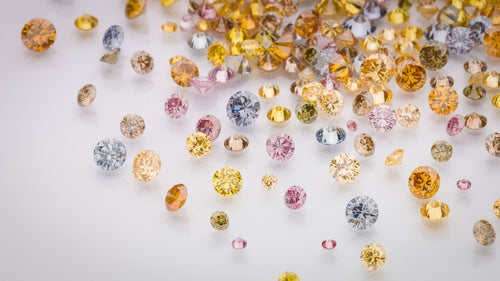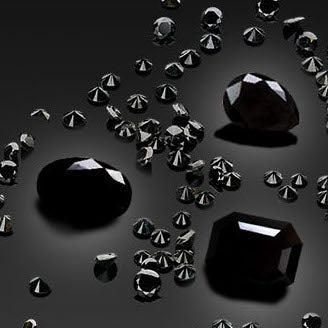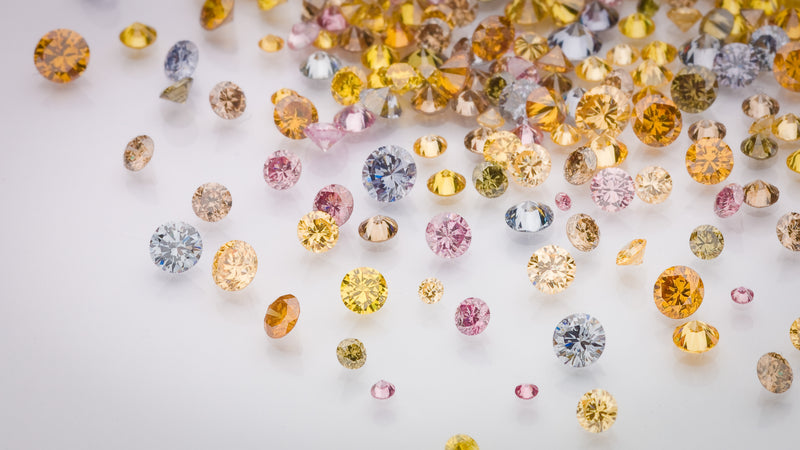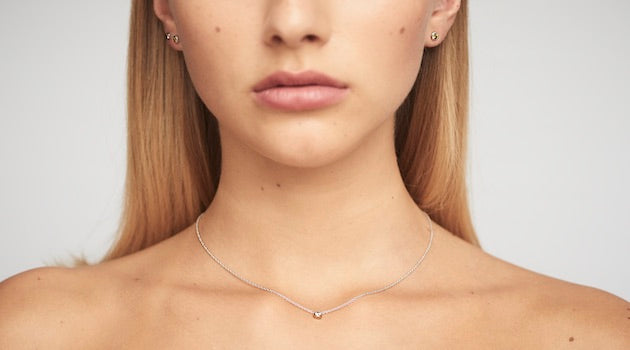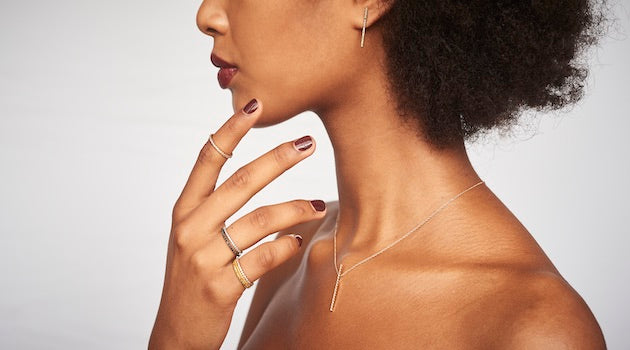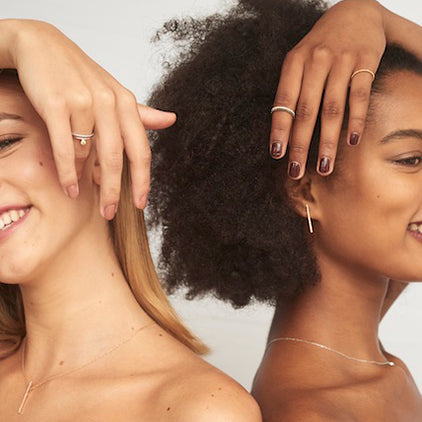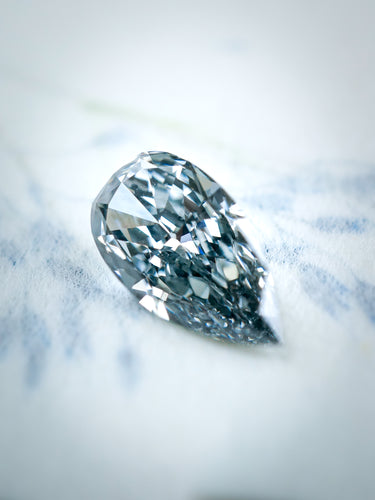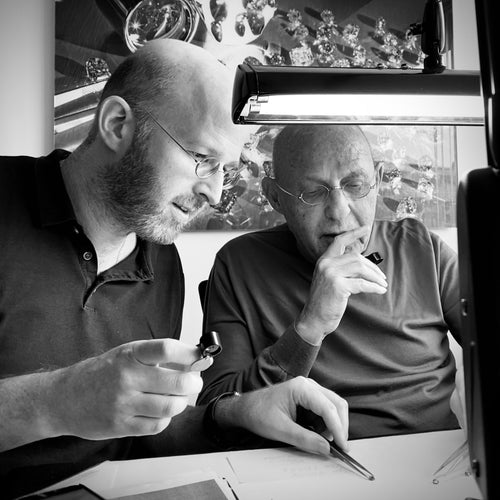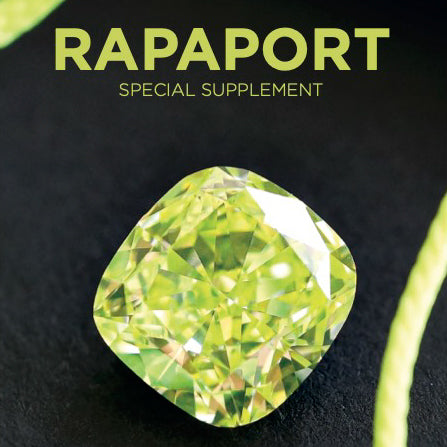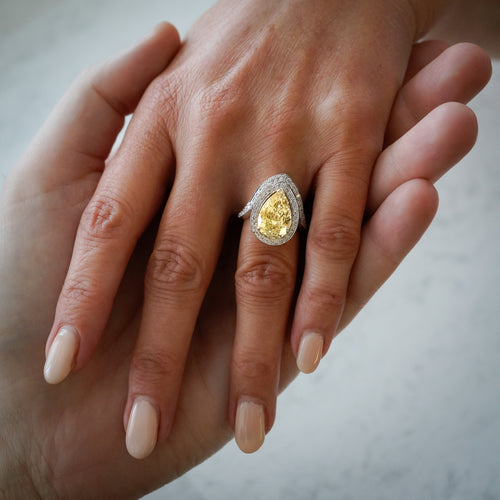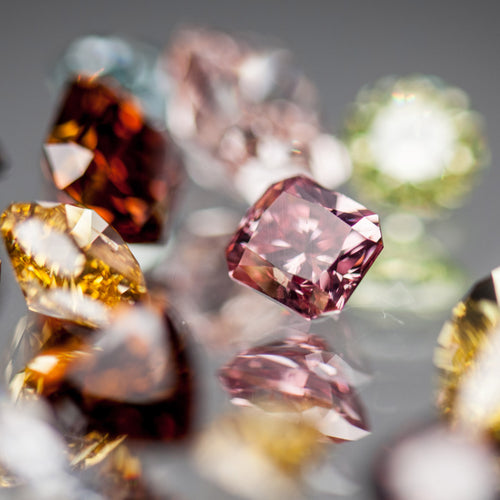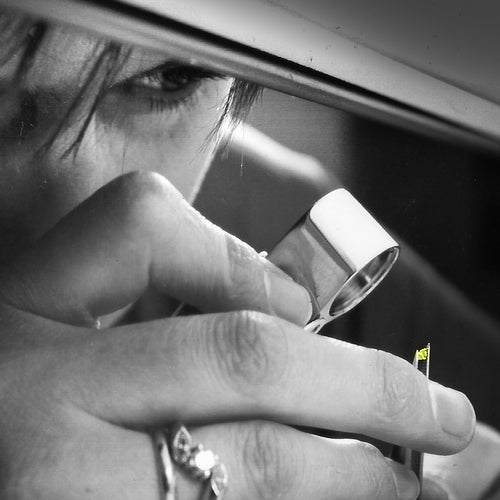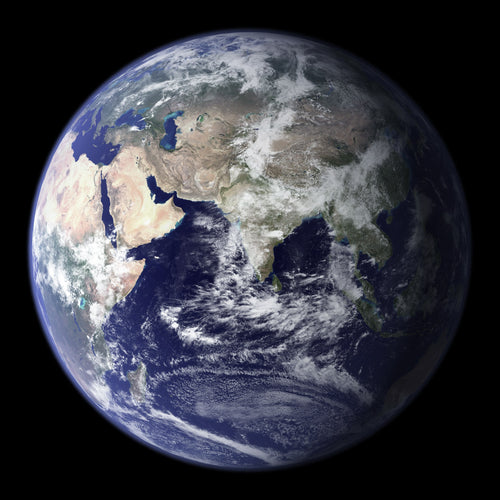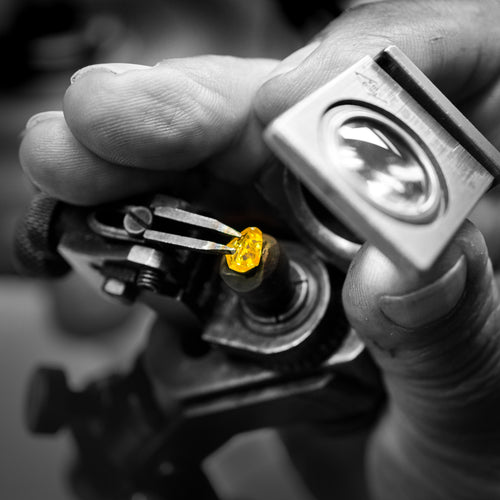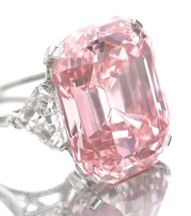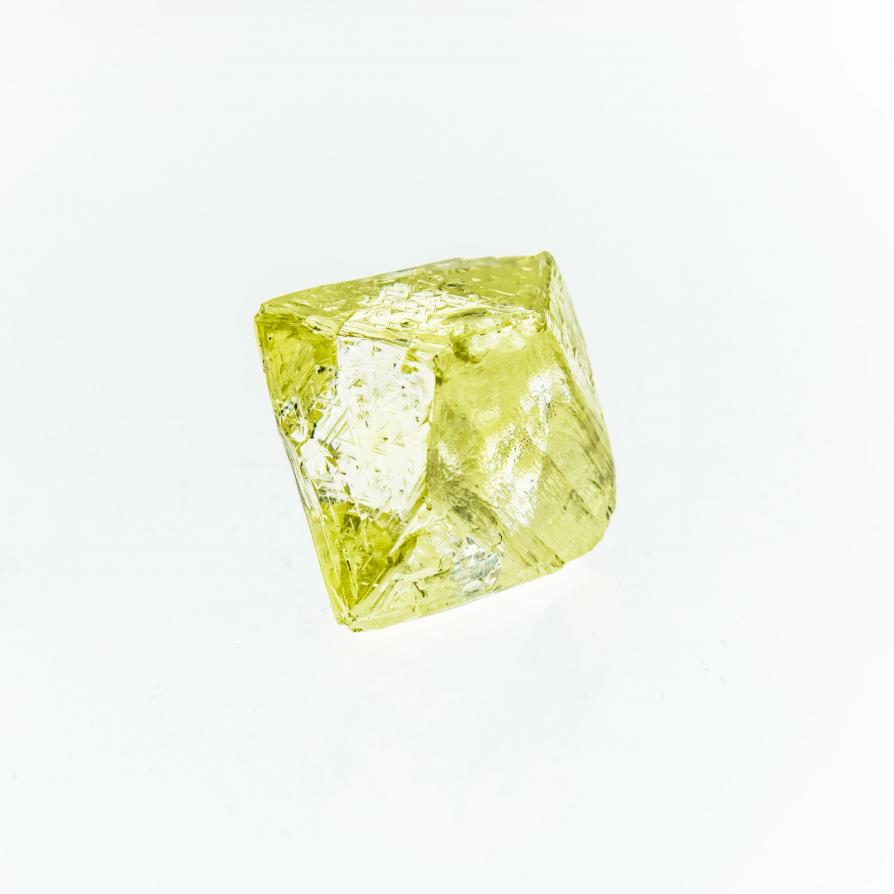

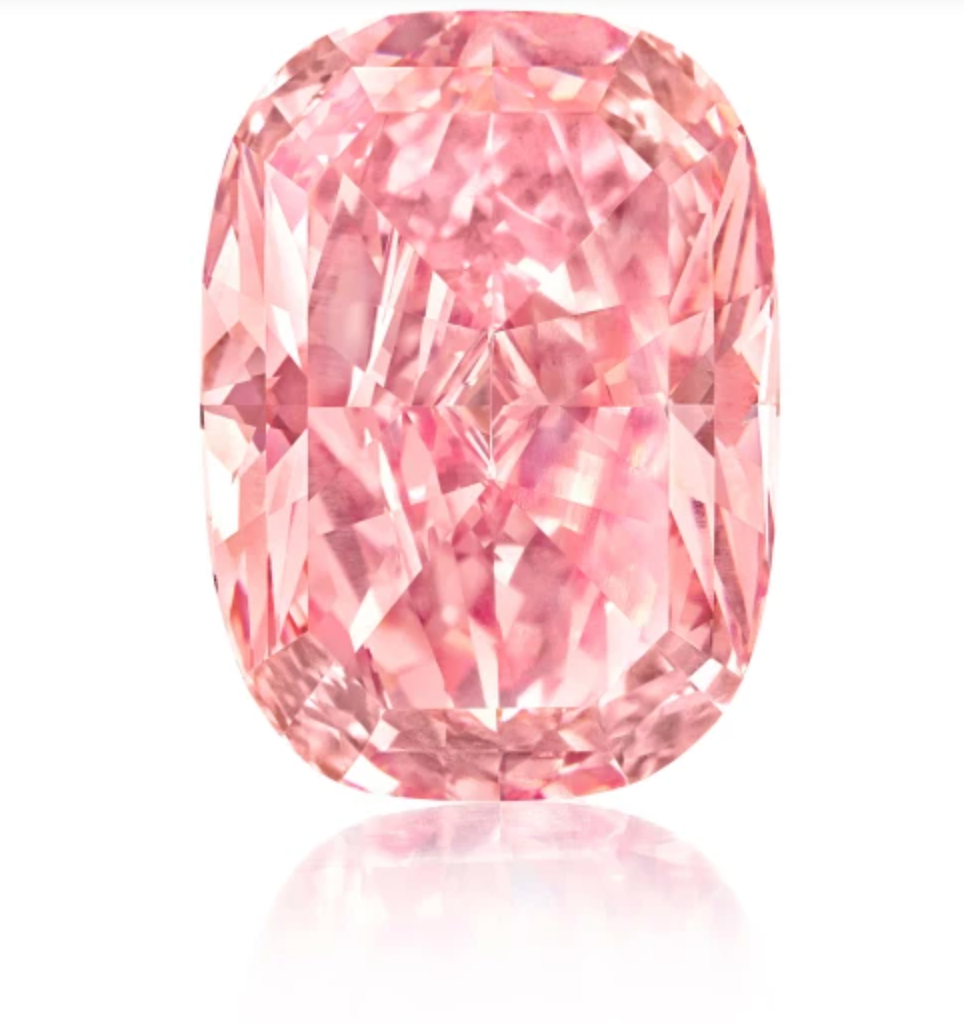
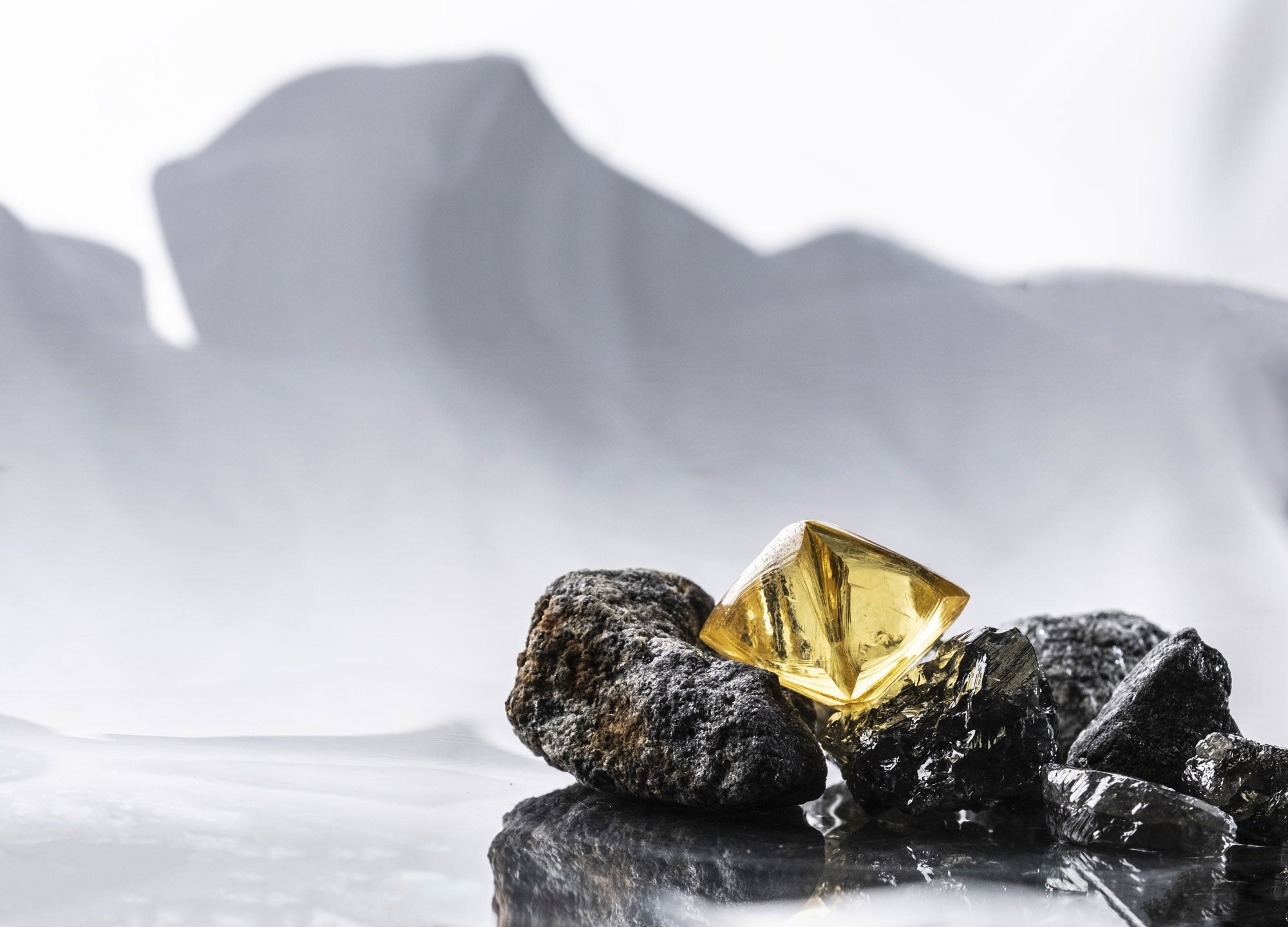
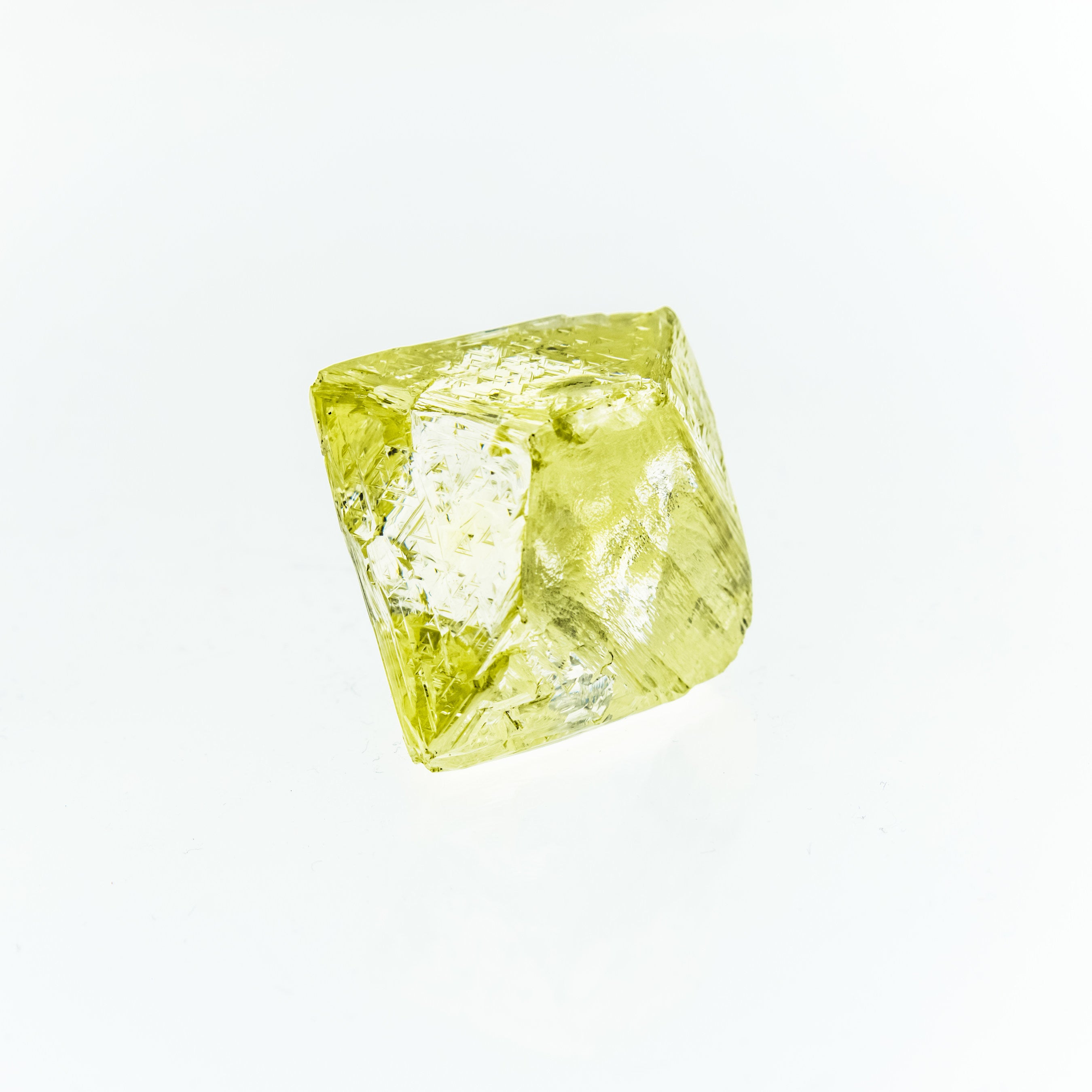
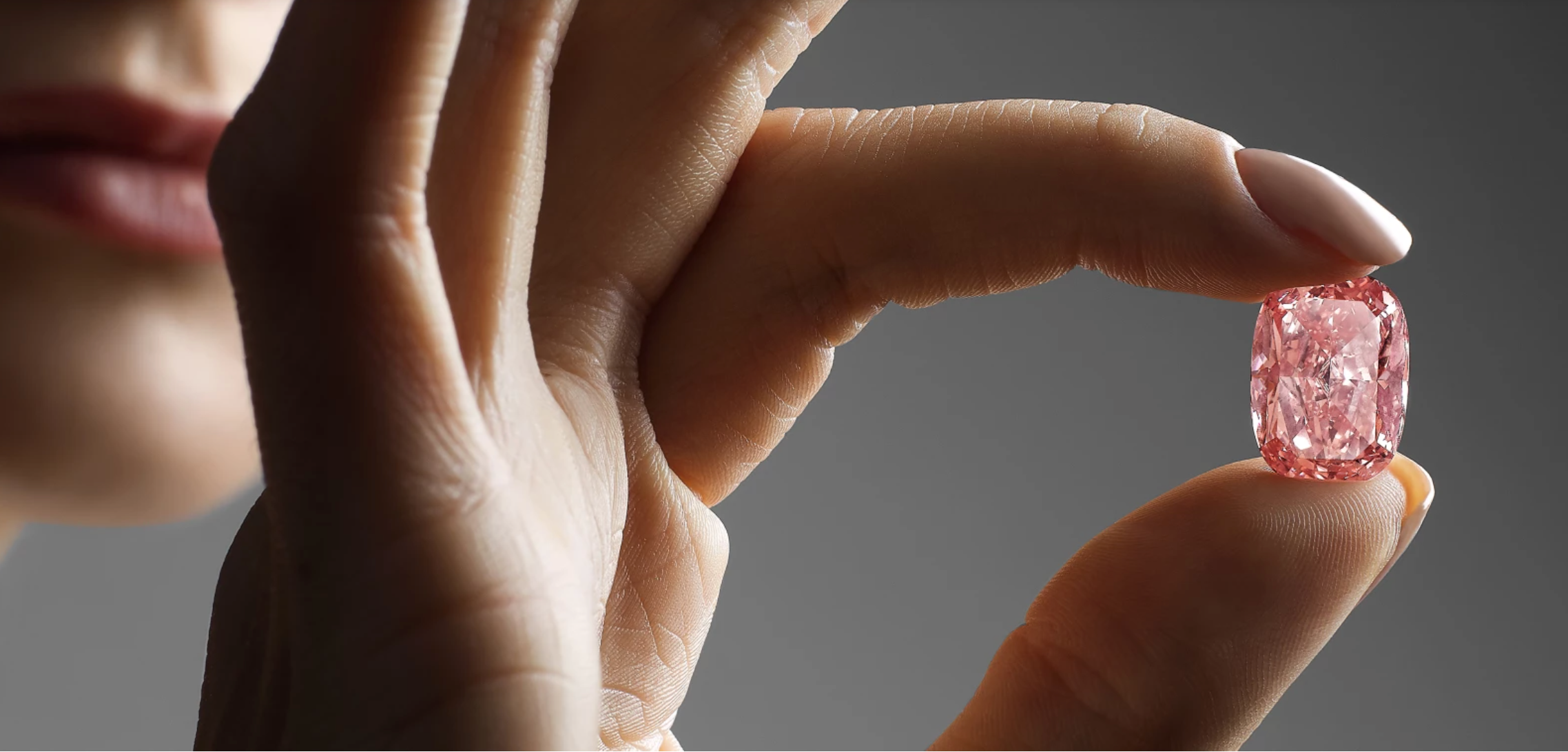
Why are Auction House Diamond Sales Breaking Records
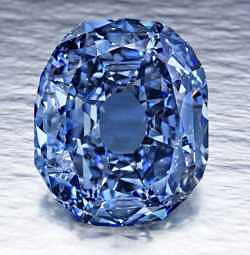
Christie’s reported its jewelry sales at $429 million in 2010, easily topping the previous record of $395 million set in 2007. Sotheby’s 2010 jewelry sales totaled $405 million, also a record. And the reach of this success was worldwide: Christie’s reported that North America ($130.5 million), Hong Kong ($163 million) and Europe ($135.5 million) were all records, as well.
The 2011 season began in earnest and details of several major stones coming up for sale are circulating. For example, a GIA-graded 10.09-carat Fancy Vivid purple pink diamond is estimated to bring $15 million - nearly $1.5 million per carat. And, an unmounted 56.15-carat heart-shaped D color, Internally Flawless diamond, also graded by GIA, is expected to fetch between $9 million and $12 million.
When the financial crisis struck the world economy in the fall of 2008, the major auction houses, like every other business, pulled back to assess. As the crisis deepened in December 2008, however, the Wittelsbach Blue, then a 35.56-carat Fancy Deep grayish blue diamond, sold for $23.4 million at Christie’s – the highest price ever paid for a diamond at auction.
After that sale, Christie’s and Sotheby’s have achieved near-record and record prices for top fancy colored and colorless diamonds at numerous sales around the world.
Examples of record-breaking diamonds include:
· A 24.78 carat Fancy Intense pink diamond that doubled the all-time record set by the Wittelsbach (November 2010)
· A square-cut 32.01 carat D Internally flawless that established a record per-carat price of $240,000 for a colorless diamond (October 2009)
As with the Wittelsbach blue diamond, all of these major stones were entrusted to GIA for grading.
Why? It’s the Global Market, Rarity of Top Gems and Wealthy Individuals.
Auction house executives and industry observers agree on a number of reasons why such diamonds can achieve record prices during a period of economic hardship: the international reach of the auction houses; the rarity of top gems and the greater number of private buyers going to auction.
On the first point, whether conducted in the main centers of Geneva, New York or Hong Kong, auctions now attract a worldwide clientele.
Indeed, Hong Kong, a niche venue a decade ago that specialized in jade and Chinese art, was Christie’s leading jewelry sales location in 2009 and 2010. In addition to the above-mentioned 5 carat Vivid pink, a 5.16-carat Fancy Vivid blue, internally flawless diamond sold for $6.14 million. Many of the top lot buyers were Chinese business people venturing internationally for the first time.
The Geneva and New York sales also turned in record numbers. Sotheby’s Nov. 16, 2010 Geneva auction, which featured that $46 million pink diamond, was the first jewelry auction ever to top $100 million total. The renowned London jeweler Laurence Graff bought that legendary pink, but other lots went to buyers from 30 countries.
The Bulgari Blue, which included a triangular-cut 10.95 carat Fancy Vivid blue diamond, went to an Asian buyer for $15.7 million after a spirited battle between several bidders at Christie’s Oct. 20, 2010 New York sale.
|
And Sotheby’s New York sale in December 2010 sold 100 percent and brought in $53.2 million. All of its top 10 lots, which were diamonds, sold for more than $1 million each.
“In this new climate, large colored and colorless diamonds, rare gemstones, and signed jewels are attracting an ever-expanding community of collectors and investors from around the world,” François Curiel, international head of Christie’s jewelry department, noted recently. |
